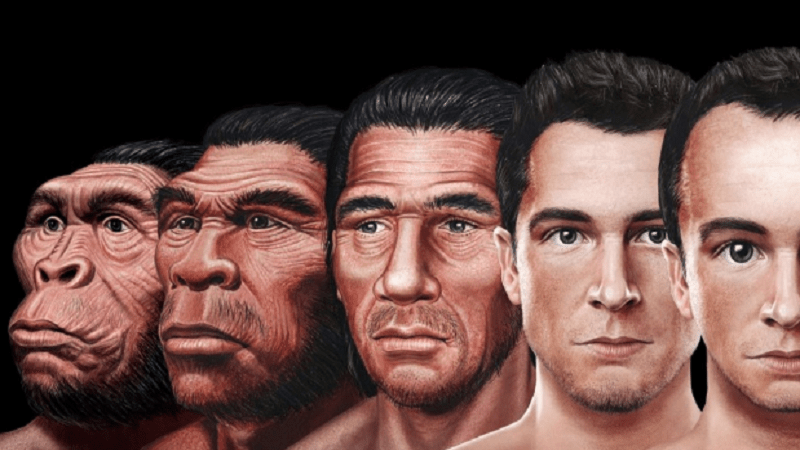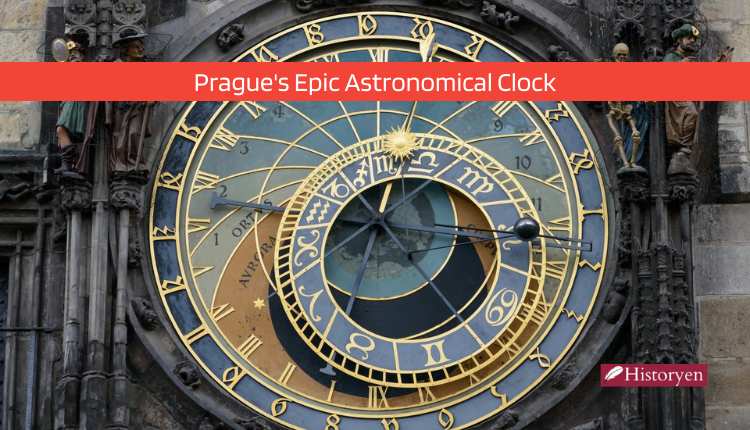In the vast tapestry of time, the human face has woven its intricate threads through millions of years, a canvas of change and adaptation. This article delves into the fascinating trajectory of human facial evolution and speculates on the visage that the future may hold. From the dawn of our species to the horizon that awaits, let us explore the remarkable journey that the human face continues to embark upon.
The Ever-Changing Countenance
Reports buzz with excitement as scientists unveil their portrayal of the future human face, offering a glimpse of what our species might look like in the coming generations. Over the expanse of two million years, the human face has undergone profound metamorphosis, a testament to the ceaseless march of evolution. Yet, this transformation remains a work in progress, a response to the unceasing churn of new needs and conditions.
As we ponder the question of how humankind will appear in the future, the annals of our past offer insights into the relentless journey of change that our facial features have undertaken. From the earliest days to the present moment, our faces have adapted to myriad demands, gradually sculpting a portrait of resilience and adaptability.

In the grand tapestry of evolution, facial expressions have transitioned from tools of intimidation to instruments of harmony. The pages of our history reveal the transformation of humans into social beings, nurturing cooperation and camaraderie. This evolution has endowed the human face with unparalleled expressiveness, a hallmark of our species on this planet.
The contours of the human face hold a profound connection with the evolution of the human mind. A question lingers: Are we expressive due to our burgeoning brain size, or has our brain expanded to accommodate our expressive countenance? In this dance of nature, Penny Spikins, a paleolithic archaeologist at York University, reminds us that our facial characteristics are an exceptional marvel.
Gazing into the Future
David Perrett, a researcher at the University of St. Andrews, and the author of “In Your Face: The New Science of Human Attraction,” unveils the impact of diet on facial shape. Over millions of years, our faces have diverged significantly from their ancestral roots shared with chimpanzees. Around two million years ago, the rudiments of the human face emerged, laying the foundation for the visage we bear today.
The Face of Tomorrow
As we peer into the looking glass of time, the potential face of our future selves emerges. Scientists project the phenomenon of “neoteny,” a process that could usher in a smaller facial structure, orbits adorned with larger eyes, a more subtle chin, and an expanded cranial vault. This transformation requires more than just the passage of time; it beckons for a change in the female pelvis to accommodate an already narrow birth canal, a path fraught with both promise and challenge.



